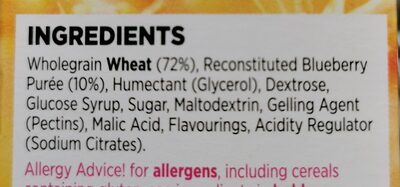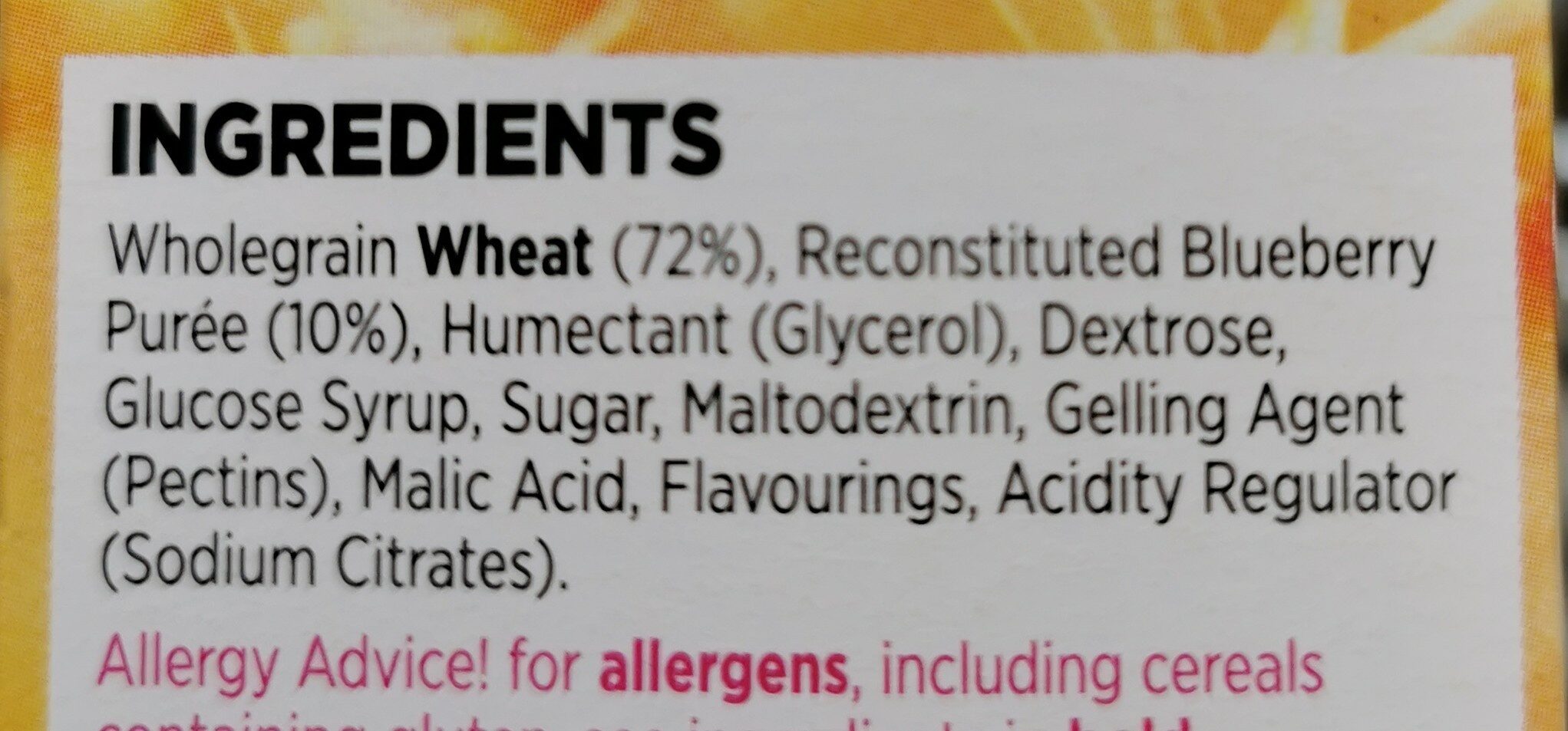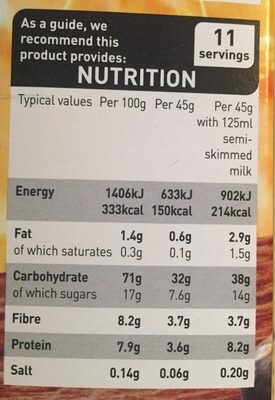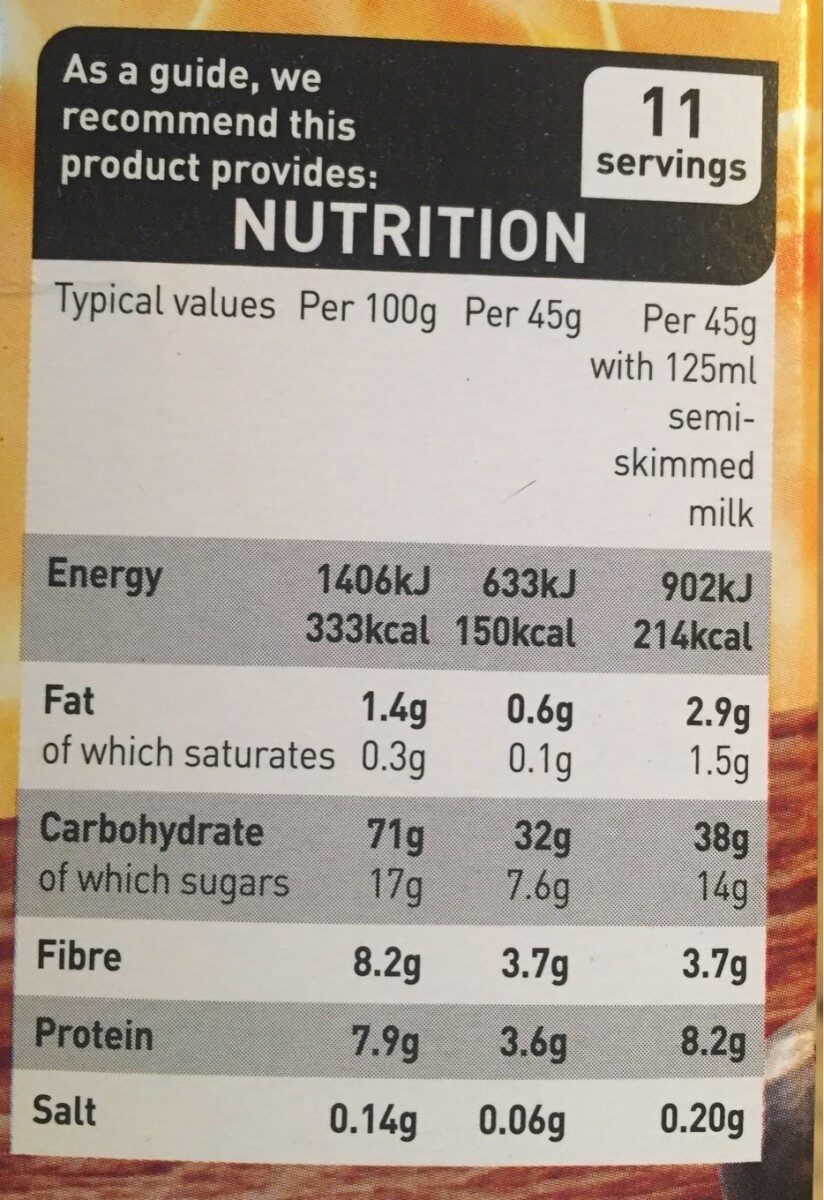ASDA Blueberry Wheaties
This product page is not complete. You can help to complete it by editing it and adding more data from the photos we have, or by taking more photos using the app for Android or iPhone/iPad. Thank you!
×
Barcode: 5052449309386 (EAN / EAN-13)
Brands: Asda
Categories: Plant-based foods and beverages, Plant-based foods, Breakfasts, Cereals and potatoes, Cereals and their products, Breakfast cereals, Extruded cereals, Filled cereals
Labels, certifications, awards:
Vegetarian, Vegan, The Vegan Society
Stores: Asda
Countries where sold: United Kingdom
Matching with your preferences
Environment
Carbon footprint
Packaging
Transportation
Report a problem
Data sources
Product added on by kiliweb
Last edit of product page on by moon-rabbit.
Product page also edited by inf, roboto-app, segundo, teolemon, yuka.Ukl3TE5Lc3hxS1VKaWM4Wi9pTFE2OU12M2JEd2NIcVBGN29VSVE9PQ.
If the data is incomplete or incorrect, you can complete or correct it by editing this page.










